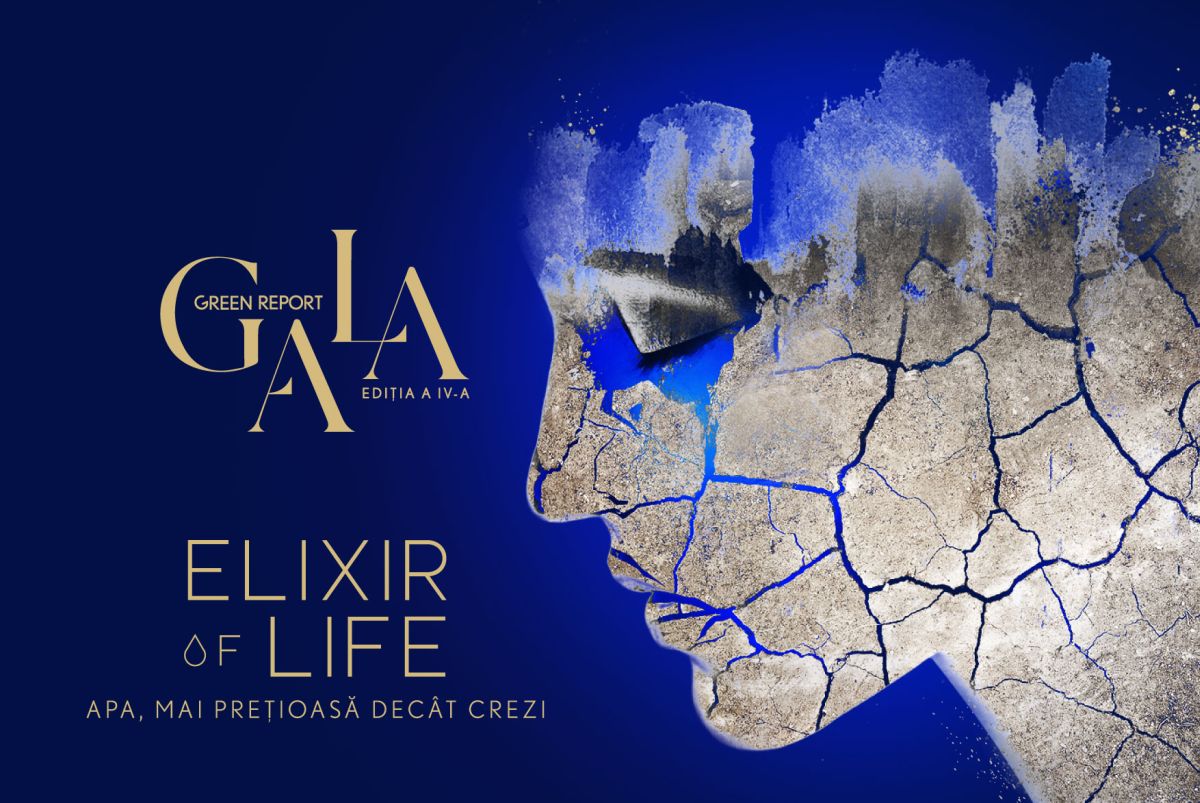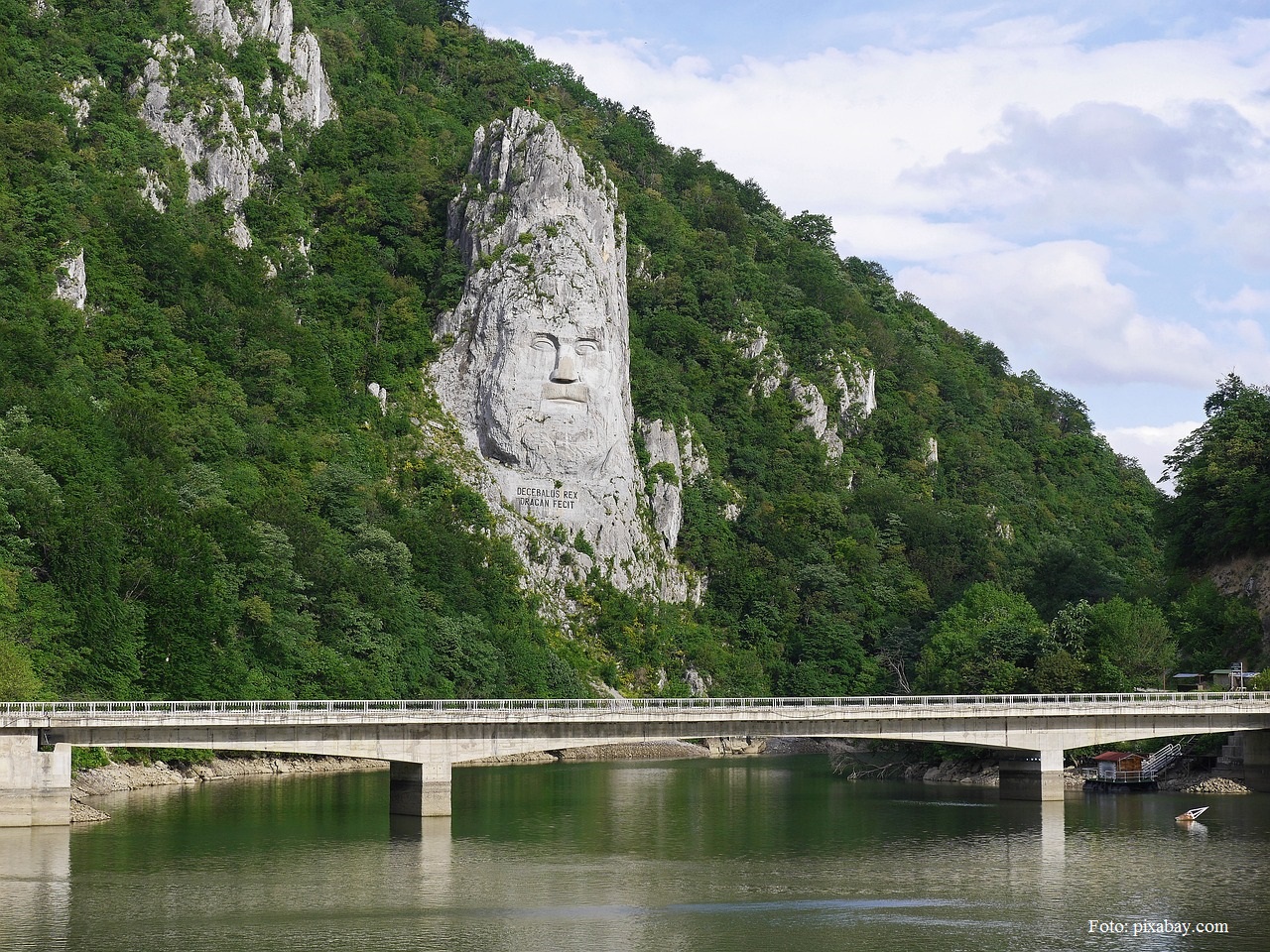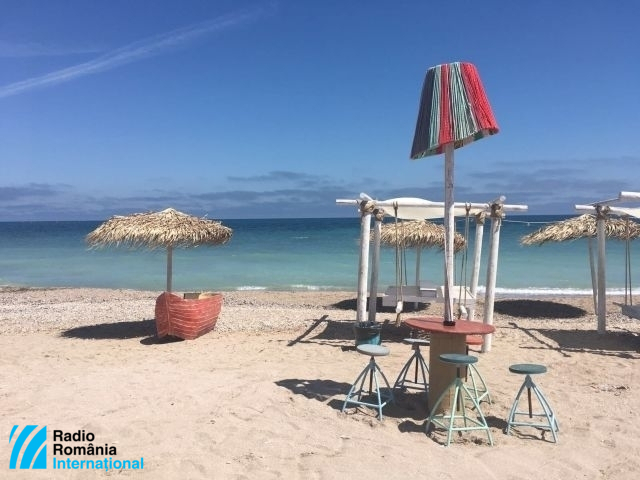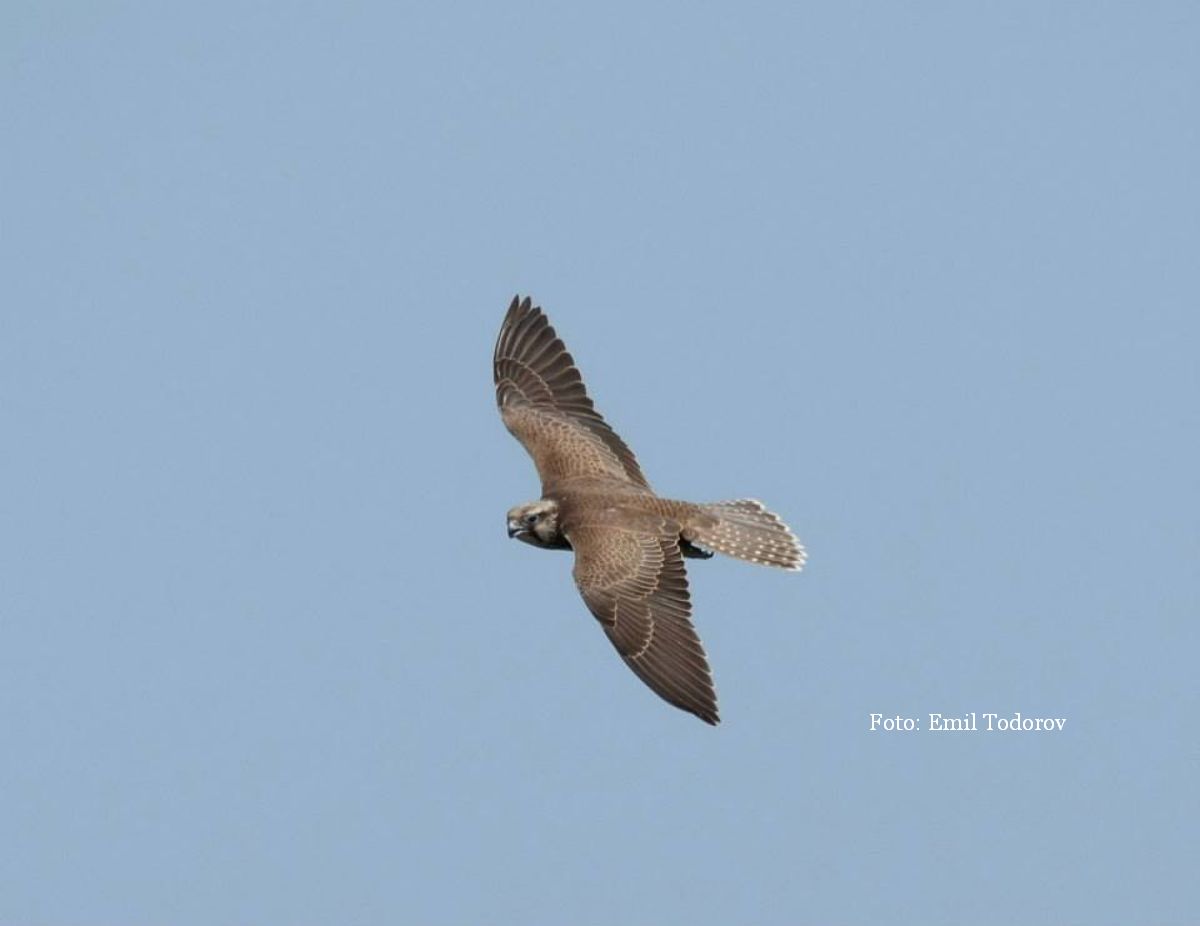The Green Planet: Protecting the forests of the Carpathians
The Fagaras Mountains, which cover a surface area of 198,000 hectares, are known for their unique landscapes, wild areas and rich biodiversity.
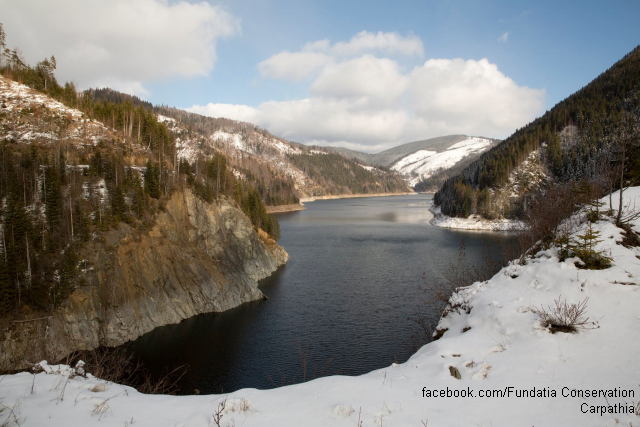
România Internațional, 26.02.2016, 15:07
Despite being declared a Natura 2000 site, this area has in recent years been subject to intense deforestation. At 6,458, Arges, the county where part of these mountains are, saw the highest number of cases of illegal deforestation between 2009 and 2011, but this figure has grown since.
The most vulnerable are the forests on private property whose owners have not signed a contract with the forest guards, which they required to do by law. Similar situations can be found across Romania and pose a great threat to the survival of the Carpathian forests, which are some of Europe’s most impressive. For several years, however, the Foundation Conservation Carpathia has been running a project aimed at protecting forests from illegal logging.
With the use of international donations, the Foundation purchases forests put up for sale in the Fagaras Mountains area and conducts reforestation activities and restores deteriorated areas. Mihai Zotta, who works with the Foundation, told us how it all began.
Mihai Zotta: “The idea for the project began in 2005 or 2006, when illegal logging started in the Piatra Craiului Nature Park following the return to the original owners of the forests confiscated by the former communist regime. At that time, our executive director Christoph Promberger and the director of the Piatra Craiului Park Horatiu Hanganu invited a group of philanthropists interested in conservation to visit the area.”
They talked and found an alternative solution to rescue the forests threatened by illegal logging that did not imply fighting against illegal loggers alongside the authorities. The solution was to purchase the forests in order to preserve them. It was a new and strange idea at the time. Some people still think there might be some hidden reason behind it all. We purchased the first strips of forest in the Piatra Craiului Nature Park area in 2007.
The illegal logging then moved from Piatra Craiului to the Dambovita river valley, to the newly founded Natura 2000 site in the Fagaras Mountains. Illegal logging has been carried out here on almost 2,000 hectares of forest so we have continued to purchase land in this area. To date, we have made 600 different purchases, accounting for over 16,000 hectares of forest.”
For the management of the forestland it acquired, the Foundation set up its own Forestry Office and a Hunters’ Association, the first in Romania, which does not kill any animals. The Foundation also runs three nurseries, which produce seedlings and plants to restore the forests to their state over 100 years ago, when they were rich in rare species.
According to the Conservation Carpathia experts, it is very important for the original make-up of the forests to be preserved. Along the Dambovita Valley, near the village of Rucar, over 2,500 ha of forest were illegally cleared between 2005 and 2011, with little or no tree planting to make up for it. The Foundation purchased 400 ha of land in the Rucar area where forest had been destroyed, and regeneration works have already started, as Mihai Zotta told us.
Mihai Zotta: “The first step was to buy all the forests we could rescue, to prevent illegal logging there. Later on, particularly after 2012, we launched a number of environment reconstruction projects, the largest of which is co-financed by the European Commission. It is a Life Natura project, through which we have purchased 400 ha of land where forest had been illegally cleared, where we are conducting environment reconstruction works. The actual reconstruction works are financed by the European Commission, and the Foundation purchased the land using its own budget. We have three small nurseries, where we produce some of the seedlings we need for the reforestation works. It’s a long story actually… A hundred years ago, these forests along the upper Dambovita river valley were rich in species such as fir, beech, spruce, maple, elm, then in the upper mountain regions mountain-ash trees and many other species. Under the communist regime, the forestry policy of the time was to replace these valuable species with resinous wood species, because these trees would grow faster and the timber was more extensively used in constructions or the furniture industry. What we need to do now is to return to the original, natural forest make-up of the area.”
Apart from reconstructing the forests that used to cover the Fagaras area, the Foundation also intends to recreate the alder meadows that used to line the valleys of Dambovita river and its tributaries. In the meantime, additional land will be purchased, and eventually the Foundation will set up a world-level protected area in the southern Romanian Carpathians, where logging and hunting will be completely forbidden.
Mihai Zotta: “What we would like is for Fagaras Mountains, the virgin forests, the high altitude forests, the areas that are still natural, unexploited, to become a national park. Fagaras Mountains should have been the first national park of Romania, but it did not become so for various socio-economic reasons. We want to initiate in all the communities around Fagaras a project for identifying a number of sustainable businesses, to bring much needed income to local communities. They should be nature friendly and contribute to conservation. In five or ten or twenty years, these local communities have to become aware that their most important capital is the Fagaras Mountains themselves. We have already taken steps to that end. We have a project that runs socio-economic studies, and we are working on business plans. It is the first step on our way to turning this area into a national park.”
The Conservation Carpathia Foundation will donate to the Romanian state the protected areas it will set up, on condition that the state take over their management and guarantee the conservation regime.

